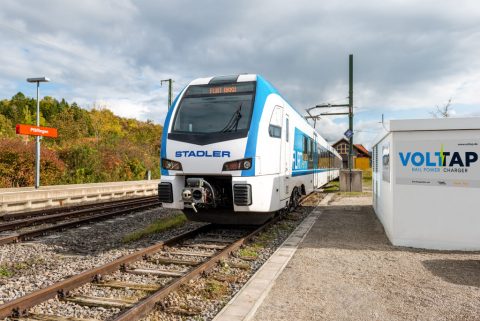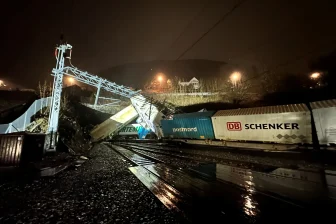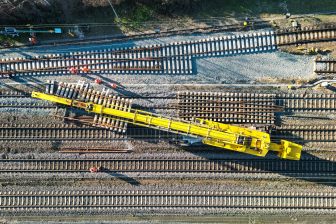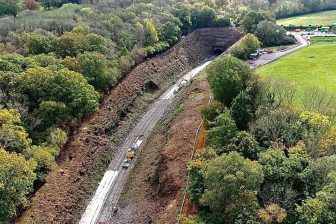
Fast charging for battery trains successfully tested in Germany
source: SWT
The rapid charging station for battery trains Voltap has passed its technical baptism of fire. A battery train from Stadler Rail was successfully charged with Voltap, developed by Swiss catenary specialist Furrer + Frey and local utility company Stadtwerke Tübingen.
Want to read more?
You have read all of your free premium articles for this month. Please become a subscriber to keep reading.
Subscribe now!
Take advantage of our exclusive offer to get full access to all premium content.



